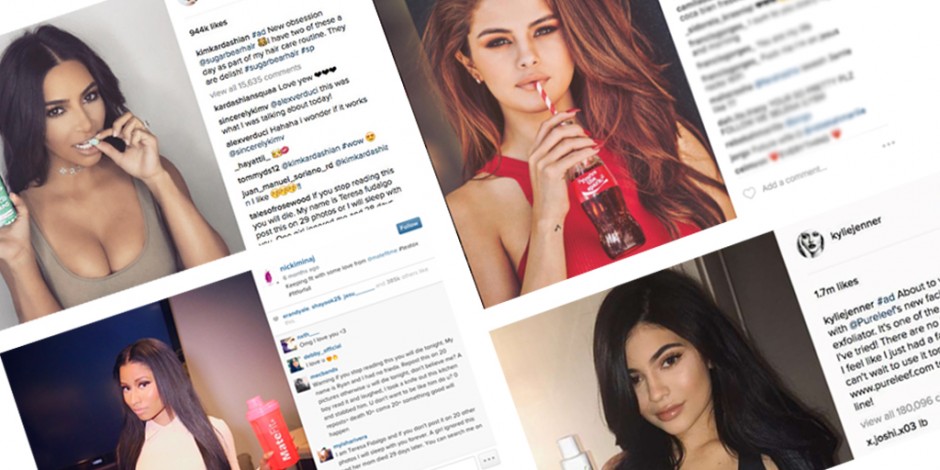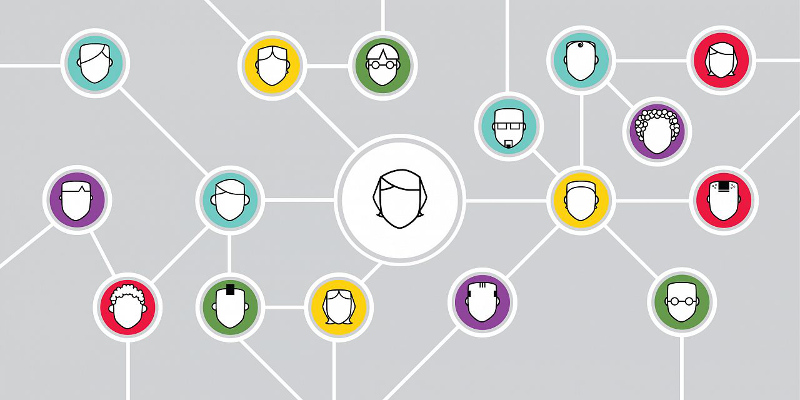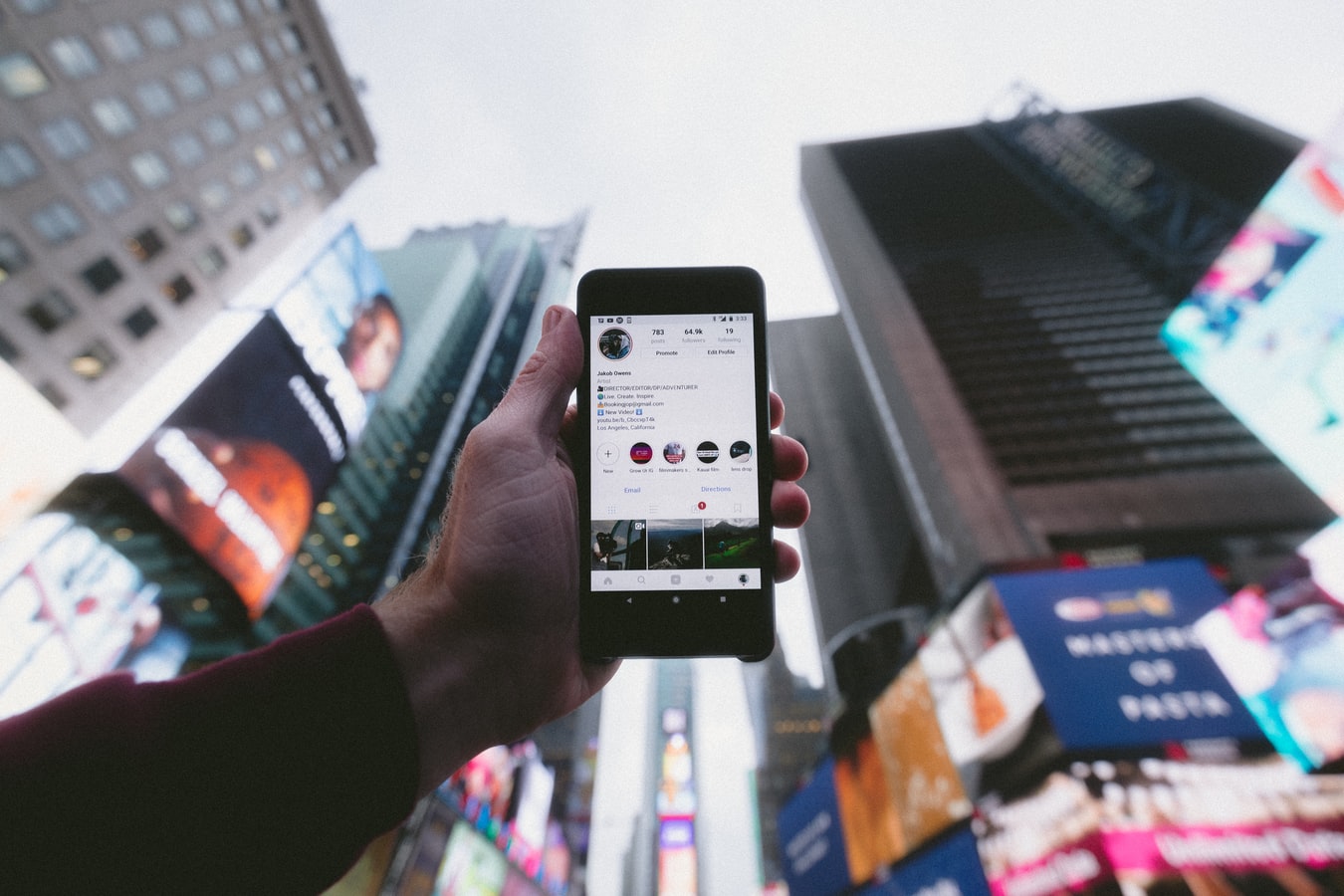Two years ago, artificial influencers were an amusing fringe phenomenon. Now there is more and more – and they bring their creators’ plenty of money.
1.5 million. So many people are following 19-year-old Miquela from Los Angeles. Your unique selling point? She is not real. A «robot», says their profile description.
Nevertheless, Miquela is interested in black people’s rights, wears brand-name clothes and even has a boyfriend. Of course, he is also from the computer, as well as her best friend, Bermuda. Together, they celebrate an everyday life on Instagram that exists only in the imagination of their followers.
Miquela was the first influencer on Instagram to be designed in a computer’s 3-D program. In 2016, she saw the light of the digital world and had since conquered a niche that could soon become a mass market. Even now, fashion and cosmetics brands are tearing the few digital figures that collect their followers on Instagram.

Miquela poses in Prada dresses, appears on the covers of fashion magazines and has already released two singles on Spotify. For labels, the virtual influencers are a dream, where they are predictable and not suddenly out of line dance. So the marketing departments for the next campaign can even control the use of the influencer down to the last detail.
But the companies do not just rely on foreign virtual characters. Already, first fashion labels are trying to establish their idols from the computer on Instagram. For example, the premium brand Balmain created the figures Margot & Zhi. If one did not look closely, one would hardly perceive the two as computer-generated figures.
Influencers from the computer are not authentic.
Critics do not see virtual influencers as something that will last in the long run. After all, it’s just the authentic, the proximity to the people who appreciate the people in their influencers. Since a computer model cannot keep up, finally, you know that it is not real. Also, a computer model can hardly test an ointment or the latest lipstick.
Whether right influencers are much more authentic may well be called into question. Nevertheless, hundreds of thousands of users follow virtual influencers. Because the creative minds behind the profiles know exactly how social media work, a Miquela quarrels with her best friend or even post a photo, as she is with her boyfriend at the Gamen.
There are supposedly profound texts about the little everyday problems that young people often have to deal with. If you look at the profile of Miquela, you almost forget that it is not real.

That may even apply to many followers. They no longer perceive Miquela and her fellow combatants as computer-generated characters controlled by someone, but as separate individuals. This is reflected in many comments in which users interact with Miquela as if she were a person: “OMG, girl, you are so pretty,” for example, someone commented on a Miquela post in front of the mirror.
The view that a virtual figure can not test cosmetic products may also be called into question. Purely technically, this would be accomplished with enough computing power and time in 3-D problem-free, but at the moment should still fail because of the high cost. Nevertheless, virtual people are already managing to sell cosmetics.
This is what happens with Shudu, the first virtual black supermodel in the world – according to his statements. A simple photo with an eye-catching red lipstick was enough to boost the sales of the linked manufacturer. No test, no opinion, just a picture.
The creative minds as a threat to the image
The virtual influencers are their creators dangerous. Because if it should become known who is behind a figure, this can lead to an image problem. Something Cameron James Wilson has to deal with. The photographer is the inventor of Shudu.
For him, the black woman is an art project, but from the perspective of his critics, a white man has appropriated the benefits of black culture to make money. Also, he takes away through his collaborations a real supermodel orders.

Presumably,, for this reason, it is not clear with most virtual influencers who exactly is behind the figure. But more and more companies are looking to build a millionaire business from computer-generated influencers.
At Miquela, this is the startup Brud from Los Angeles. He also owns the virtual friend and virtual friend of Miquela. Twelve employees take care of the three fictional characters and spin their lives on and on.
The fact that you believe in virtual influencers in Silicon Valley is shown by the fact how much money is already invested in such companies. Brud alone raised $ 6 million in investment capital in 2018 and was valued at $ 125 million in early 2019 following a renewed round of financing.
Investors include Sequoia Capital. One of the world’s most successful venture capitalists has historically invested in startups such as Google, Paypal and Whatsapp.
For investors, the virtual characters are the beginning of an era in which companies can emancipate themselves from unpredictable personalities and the scandals of the previous social media stars. A tempting marketing utopia that is worth millions to the lenders.






